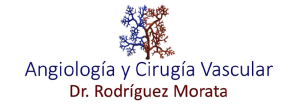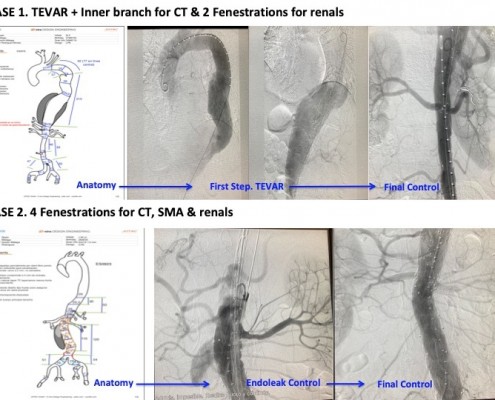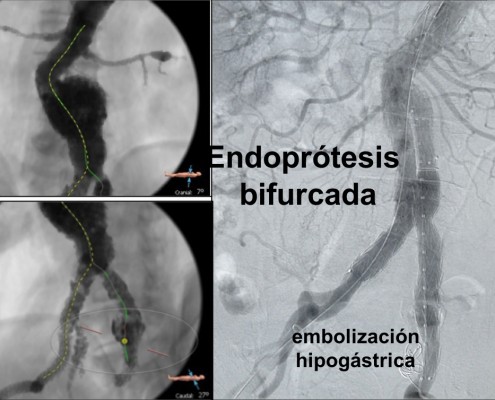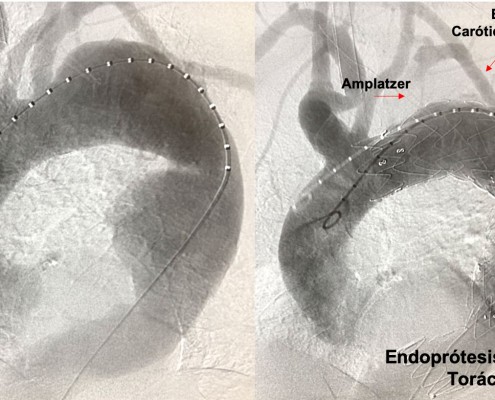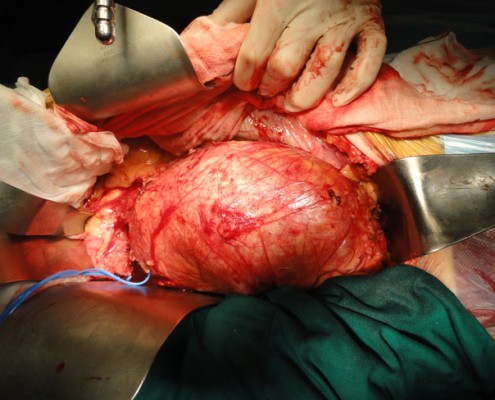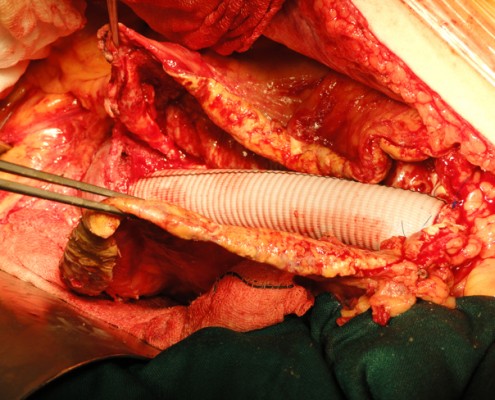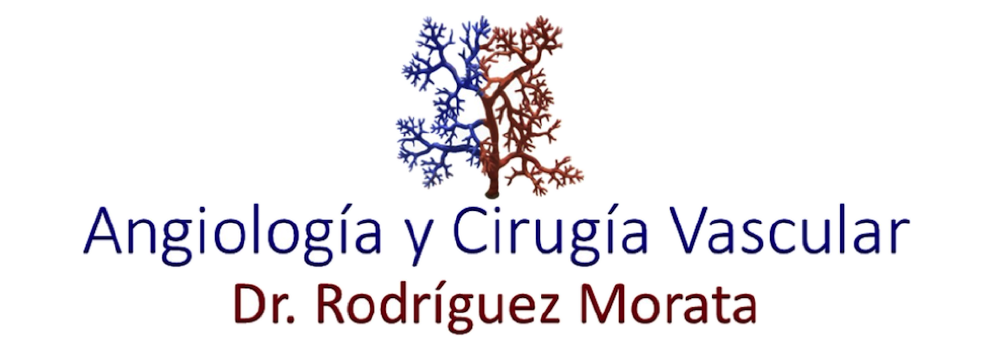This website uses cookies so that we can provide you with the best user experience possible. Cookie information is stored in your browser and performs functions such as recognising you when you return to our website and helping our team to understand which sections of the website you find most interesting and useful.
AORTIC AND PERIPHERAL ANEURYSMS
DESCRIPTION
WHAT IS an aneurysm?
An aneurysm is an excessive dilatation, permanent and pathological of a blood vessel, commonly of an artery.
Most frequent aneurysms occur in the aorta artery, in its abdominal trajectory (up to 4% of the people over 60 years of age may have one) but may exist in any artery of the body, in peripheral arteries, being particularly usual in the popliteal arteries as the second most common location. With appropriate studies we can find them also in others such as splenic arteries, renal, mesenteric, etc.
WHAT symptoms does an aneurysm produce?
They usually develop in an asymptomatic way and grow slowly over the years. Depending on the anatomical locations they may produce compressive symptoms and likely can become complicated in their growth with distal embolisation, thrombosis and ischemia of extremities or viscera and certainly, the fatal rupture of the aneurysm.
When and how do we treat an aneurysm?
When they are not surgically intervened, after a certain diameter (variable depending on the aneurysm location) there is a considerable risk of rupture and that implies high complications and mortality rates.
The treatment of aneurysms is open surgical or endovascular. In each case the Angiologist and Vascular Surgery specialist will offer the most adequate treatment according to the characteristics of the aneurysm and of the patient himself. There are two ways to threat aortic aneurysms surgically. Open surgery technique and endovascular surgery technique.
In the first case, the prosthesis is implanted by open surgical approach (the abdomen, in case of abdominal aortic aneurysms) and is sutured on both ends to the aorta or iliac or femoral arteries in an area without aneurysm, enabling therefore blood flow and excluding the aneurysm.
In the second case, by approach usually by the puncture of both femoral arteries, we implant the prosthesis (now called endoprosthesis – because it is performed endovascularly). The endoprosthesis is folded over itself, in a small catheter and is placed in the adequate location by this catheterisation, it is unfolded and anchored in the inside of the aneurysm, excluding therefore that largely dilatation of the circulation, avoiding therefore its rupture.
Both techniques have indications and contraindications. Therefore the Angiologist and Vascular Surgery specialist assesses the risks and benefits personalised in each case according to the characteristics of the aneurysm and the patient himself, in order to offer him what is most adequate in each case.
